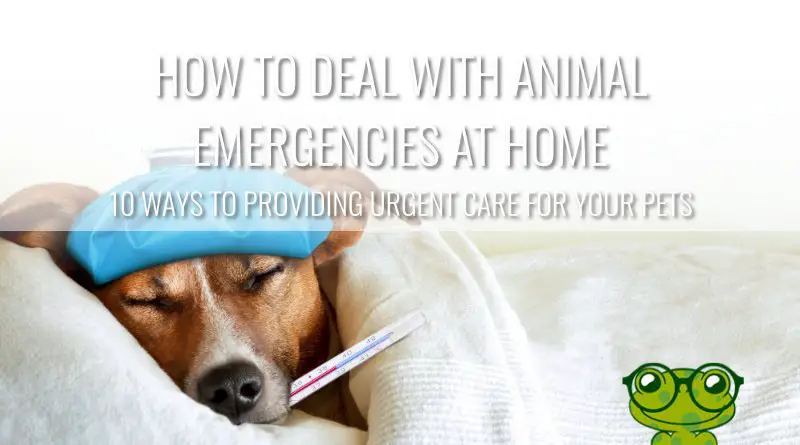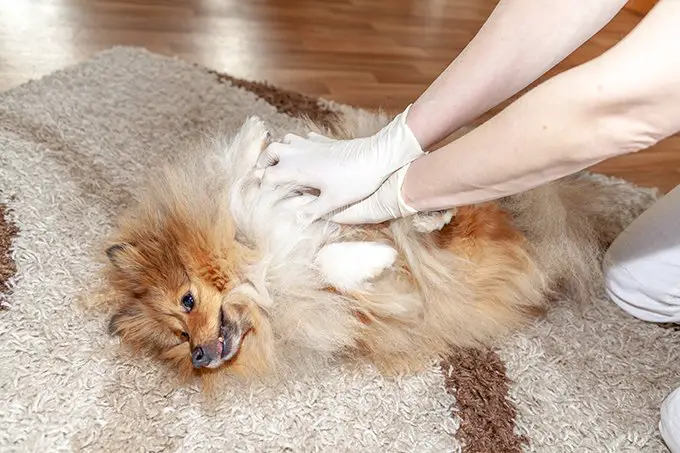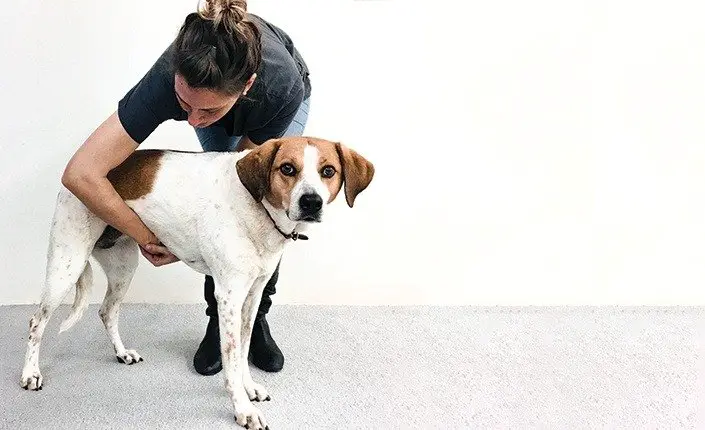Last modified on November 12th, 2021 at 9:50 am
How To Deal With Animal Emergencies At Home: 10 Ways To Providing Urgent Care For Your Pets
In this uncertain time with the pandemic keeping us in "stay at home" mode, it can be challenging to know that the services we have come to rely on may not be readily available.
Especially when those services are for our beloved pets who are the best of companions and bring us joy and unconditional love.
You take the best possible pet care: regular check-ups, shots, grooming, and the correct type of food.
Your living room has their pet bed, and your bed shows evidence of their presence. Toys litter the floor, and you delight in their (charming) antics.
It can be disconcerting to feel like you could not take care of your pet if they needed urgent care, or if there was some kind of animal emergency during this pandemic.
It is important to prepare before an emergency (hopefully never) arises. You will more than likely be stressed if your pet needs medical attention and having a plan in place will ease your stress and make you better equipped to handle the situation.
For the sake of clarity, it will be assumed that whenever possible, you will call your veterinarian or get your pet to a vet or urgent care.
For those times when it is not possible, we have suggestions for providing urgent care at home.
We are hoping that this list of 10 ways of providing urgent care for your pet will prove helpful to you until the day comes that life goes back to normal.
1. Call Your Vet
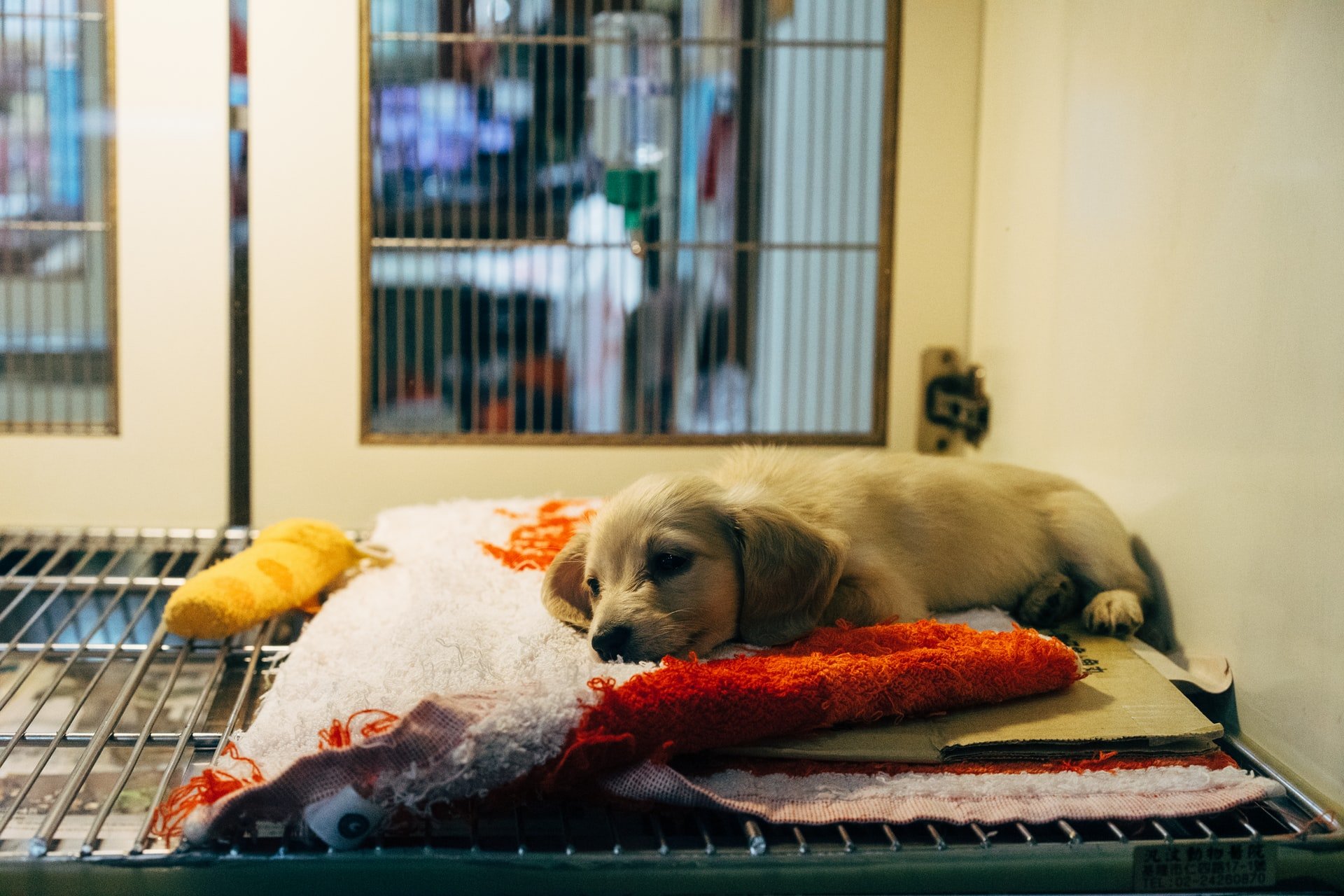
Contact your veterinarian to find out if their office is open during this time. Some veterinarians are continuing to provide care for their clientele with certain exceptions.
They may not offer wellness visits or grooming care, such as clipping of nails, but will see pets for needed care.
Upon arrival, the office may even have you remain in your car and signal you when it is your time to come in. This will minimize your contact with others.
Find out if, because of limited hours during the pandemic, your vet has an "after hours" number where you can get advice over the phone.
Ask your veterinarian what you should do in case of an animal emergency that you cannot handle at home.
Get the numbers to local urgent care facilities and call to see what their operating procedures are during this pandemic.
Post those numbers where they are easily seen in your home, or plug them into your phone to have them readily available.
Knowing what your resources are in advance will save you time and anxiety in case your pet does need urgent care.
2. Plan Ahead

Have emergency supplies ready. Keep the records for your pet in one location that is easy to access. If you do need to take your pet to an urgent care facility, the record will be readily available.
There are magnetic pouches that you can put information in and affix to your refrigerator so that it is always handy.
Besides their shot records, you should also have current photos of your pet.
According to the Red Cross, an emergency kit for your pet should contain:
Digital thermometer • Latex gloves • Gauze sponges ( a variety of sizes) • Gauze roll, 2-inch width • Elastic cling bandage • Material to make a splint • Adhesive tape • Non-adherent sterile pads • Small scissors • Tweezers • Magnifying glass • Grooming clippers or safety razor • Nylon leash • Towel • Muzzle • Compact emergency “blanket” • Water-based sterile lubricant • Hydrogen peroxide (3 percent) • Rubbing alcohol; • Topical antibiotic ointment • Antiseptic towelettes • Insect sting stop pads • Cotton-tipped swabs • Instant cold pack • Epsom salts • Baby-dose syringe or eye dropper (to administer liquids) • Sterile eye lubricant • Sterile saline wash • Safety pins (medium size 4) • Tongue depressors • Diphenhydramine, if approved by your veterinarian • Glucose paste or syrup • Styptic powder or pencil • Plastic card (such as old credit card) to scrape away stingers • Penlight with batteries (AA) • Clean cloth •
3. Vitals
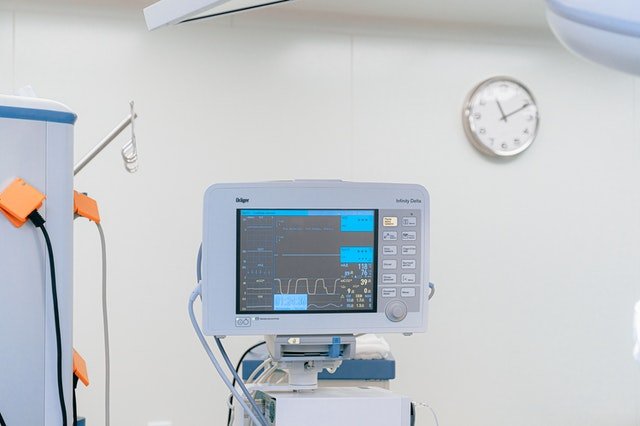
Heart Beat:
Know what normal is for your pet. Usually, a cat's heart rate is between 140 and 220 beats per minute when they are at rest.
A dog's heart rate will be between 60 and 140 bpm. Both of these are averages and not based on breed.
For instance, a larger dog will have a heart rate between 60 and 100 bpm compared to smaller dogs whose heart rate will be higher.
To determine your dog's heartbeat, lay the dog down on the right side. You can feel your dog's heartbeat at the point where the left elbow touches the chest.
Place your hand over this area to be able to feel and count heartbeats in a minutes period of time.
Breathing Rate:
When they are at rest, watch your pet and count the number of times that their chest falls and rises in one minute.
Typical breathing rates (again, this is an average) are between 10 and 30 breaths per minute.
When panting, the rates can be up to 200 pants per minute.
Pulse:
Check your pet's pulse by lightly touching your middle finger and index fingers to the inner thigh. It is best to do this when they are lying down.
Lift an upper hind leg and put your fingers as high up as possible on the inside of either leg. Do this just where the leg meets the body and feel for a recess in the middle of the leg.
It will be about halfway between the front and back. This is the area where the blood vessels run.
Normal rates (again, these are averages) are 100 to 140 beats per minute for a smaller animal and 60 to 100 beats per minute for a larger animal.
Temperature:
To take an animal's temperature, use a digital rectal thermometer that has lubricant on it. Insert the tip into the rectum.
When the thermometer beeps, remove it and look at the reading. A normal temperature is 99.5 - 102.5 for a dog and a cat.
4. How To Do CPR
The first thing to do is to check the animal's airway to see if anything is blocking it.
With the animal on its side, tilt the head back, pull the tongue out and use your finger to check for any object that might be blocking the airway.
Check to see if the animal is breathing. If it is not, you will need to start rescue breathing. Close the animal's mouth and extend their neck to help open their airway.
Cover the nose with your mouth and exhale. Do this until you see the animal's chest rise. Give one rescue breath over a one second time period. Do this twice.
Check for a heartbeat. If you do not find a heartbeat, perform chest compressions. These need to be done at a rate of 100 - 120 a minute.
Do this in cycles of 30 compressions and two rescue breaths. Check briefly for a heartbeat and breathing every two minutes.
Unfortunately, after ten minutes of alternate rescue breaths and chest compressions, there is little chance of reviving the animal.
However, in the case of an animal emergency at home, this may be the only chance your pet has.
5. Choking
Your pet may be choking if they display signs that include anxiousnesses or acting frantic. They may be pawing at their mouth or make loud breathing sounds or gasp for breath.
Their gums may turn blue or whitish color. If you see this behavior, open their mouth and pull their tongue forward.
With a sweeping motion, use your finger inside their mouth to dislodge any object that might be inside. Take extreme caution not to push any object farther down the throat.
If you do not see or dislodge anything, you will need to do abdominal thrusts on the animal.
Get behind the animal and lift it so that its spine is against your chest. Wrap your arms around the animal under the ribs.
You will make a fist with one hand and place your other hand over the fist. Give five rapid abdominal thrusts while lifting in an inward and upward motion.
If, after five thrusts, the object does not come out, you need to then suspend the animal by its hips with the head hanging down.
If your pet is a large one, then hold its hind legs in the air, much like you were holding onto a wheelbarrow.
One the animal is in position, giving five sharp blows to its back in between its shoulder blades.
Repeat until the object is dislodged. Check for breathing and perform CPR if necessary.
6. Heat Stroke
While we are under the "stay at home" directive, our pets may spend more time out of doors then they usually do.
Since you are home with them, they may get more walks and time in the yard. Be careful that they do not have too much time in the sun as they could develop heatstroke.
The signs of heatstroke include vomiting, wobbliness, difficulty breathing, or excessive panting. The first thing you need to do is to get your pet out of the heat.
Take the pet's temperature. If their temp is above 104 degrees, you will need to cool them down. Put them in a lukewarm (cool) bath.
Do not use ice in the bath as that will be too much of a shock to their system.
If that is not possible to put them in a tub, spray them with cool water and place cool, water-soaked towels on their head and rest of the body.
Put a fan blowing directly on them. Your goal is to decrease their temperature to 103 degrees.
Once you have achieved that goal, keep the animal out of the sun and continue to monitor them. Try calling your vet to get further advice.
7. Poison
Because you are confined to your home, you may be doing more cleaning and disinfecting. It will be essential to be careful with cleaning products around your animals.
Know that, in general, any product that is harmful to people is also harmful to pets. If your pet’s skin or eyes get exposed to a toxic product, check the label instructions for what to do for exposure.
Whatever the label says to do for humans, do for your pet. If you feel that your pet has ingested a toxic product, call the National Animal Poison Control Center (1888-426-4435)
During this time of confinement, you will also be eating more at home and generating more garbage. Keep garbage out of their reach.
Foods that are rotting and bacteria that could cause food poisoning for your pet if they decide to raid the garbage can.
With so much time at home, you may also be less mindful of where you are placing items, and they may be in tempting proximity to your pet.
There are everyday items that will cause problems for your pet. They are:
Coffee grounds
Fatty foods
Chocolate
Avocado
Alcohol
Grapes/raisins
Salt
Macadamia nuts
Yeast dough
Onions
Garlic
Any items (like chewing gum or mints) containing xylitol
8. External Bleeding
If your pet gets a scratch and is bleeding, get some clean, thick gauze and place it over the area. Apply direct pressure until the bleeding stops.
If blood soaks through the gauze, apply more gauze to the area. Keep pressure over the area until the blood starts to clot. This could take several minutes.
Do not keep removing the gauze to check for clotting. Hold the gauze on the area for about three minutes and then check.
If the wound has clotted and the bleeding has stopped, wrap fresh, clean gauze over the affected area and tape in place.
If it is a limb or paw, check the area above and below the wrapping for swelling to make sure that it is not too tight. If it swells, loosen the wrappings. Elevate the wounded area, if possible.
9. Bee Stings
If the stinger is still in your pet's skin, you can use a plastic card, like an old credit card, to scrape away the stinger.
Bee stings are acidic, so they will need to be neutralized.
You can do this by mixing up a paste of baking soda and applying it to the area that was stung.
If your pet was stung by a wasp and not a bee, those stings are alkaline.
You can neutralize those stings with either vinegar or lemon juice. After you have neutralized the sting, apply a cold pack for a few minutes.
You can then apply calamine or antihistamine cream.
10. Diarrhea
This certainly unpleasant for all involved, and diarrhea should be addressed as soon as you are aware of it.
Diarrhea can cause your pet to become dehydrated, so make sure that they have plenty of fresh water at all times.
You can offer your pet diluted low sodium chicken or beef broth and Pedialyte if they are ignoring their water.
If your pet has diarrhea and it is simply because they are now sharing every snack you get for yourself during the quarantine, try switching them to a bland diet.
Give small meals of boiled white meat chicken (no bones or skin) or boiled hamburger that is mixed with white rice. Sweet potato or pumpkin can also be used instead of rice.
Give this diet to your pet until their stools return to normal.
In Conclusion
The pandemic will not last forever, and you will go back to your normal life and have access to veterinarian services in the usual manner.
As is the best-case scenario, always consult with your pet's vet whenever there is anything amiss with your pet. None of the above advise it to take the place of your vet’s instructions.
In the meantime, it is important to be ready for any circumstances that might arise with our beloved pets.
They are family members and rely on you to do what is in their best interest.
As a responsible pet owner, you will give yourself great peace of mind by preparing and being ready for circumstances that could arise with your beloved pet.
The above tips are for dogs and cats. For tips on disaster planning for livestock, horses, birds, reptiles, or small animals such as gerbils and hamsters, please visit The Humane Society of the United States or Ready.gov.

